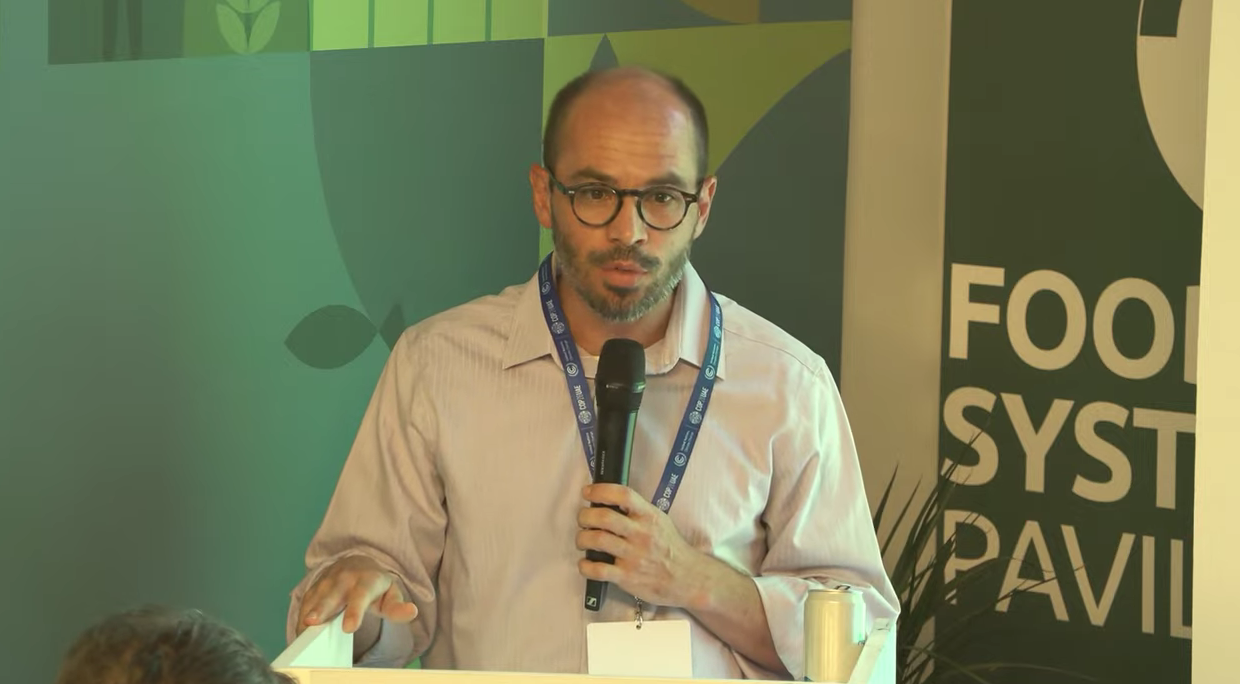
Money Talks: What’s holding us back from harnessing climate finance to build resilient food systems? – 6 Dec
Core message
Event Summary
Smallholder farmers and pastoralists bear the brunt of climate change impacts, facing the dual challenge of adapting to a changing climate while increasing food production. To address this, farmers require increased access to funds for enhancing adaptation and mitigation measures. However, with only 3% of climate financing allocated to agriculture and a mere 0.3% directed to smallholder farmers, the current financial framework lacks the innovation needed to bridge this gap effectively.
"It must be emphasized that without robust food systems, no climate commitment can be met." - Ciniro Costa Jr., Scientist, Alliance of Bioversity and CIAT and CGIAR Hub on Sustainable Finance
On 6 December, SNV and Advancing Livestock for Climate (ALIVE4C) jointly hosted ‘Money Talks: What’s holding us back from harnessing climate finance to build resilient food systems?’ session at the Food Systems Pavilion. The event convened donors, investors, the private sector, farmer representatives, and civil society to explore ways in which public and private finance can better support climate adaptation in smallholder African food systems. The session delved into opportunities within traditional and innovative adaptation finance, including blended finance. Additionally, three feature videos showcased examples of integrating the agricultural sector into financing mechanisms.
'If we are not invited to the table, we are on the menu. Farmers are ready and willing to contribute. The absence of our presence at the table implies that we might be subject to decisions that affect us without our input.’ - Elizabeth Nsimadala, President, Eastern Africa Farmers Federation
Key Takeaways
-
Adaptation projects remain underfunded, fragmented and poorly coordinated, especially in Africa. Small-scale farmers’ needs are not adequately addressed by existing climate finance mechanisms. Although countries are now acknowledging the need to include agriculture in NDCs, there is a need for robust action in the finance sector.
-
Understanding and overcoming barriers to investment in agriculture financing is crucial. Apathy from financiers, governments, and farmers needs to be addressed to bridge the gap. Creating an enabling environment for smallholders to access financing is crucial, considering the current challenges posed by high interest rates and perceived risks in the agriculture sector.
-
Inclusive decision-making and innovative financing solutions are imperative. Collaboration must happen among all stakeholders as well as involving farming communities in the discussion for effective solutions and financing mechanisms. Catalytic financing, joint ventures, grants and other innovative approaches will bridge this financing gap.
"The individuals on the front lines, working at the landscape level within farming and fishing communities, hold invaluable knowledge regarding both challenges and opportunities. They need to be included in decision-making processes to collaboratively address these issues. A co-decision process is essential for crafting effective solutions and financing mechanisms." - Patty Fong, Director, Global Alliance for the Future of Food
Looking Forward
Building upon the innovations presented in the feature videos, the session concluded with a call for collaborative efforts among conservationists, food system players, banks, farmers and finance stakeholders to drive transformational change in the agricultural sector through climate financing.
Watch a recording of the full session here.